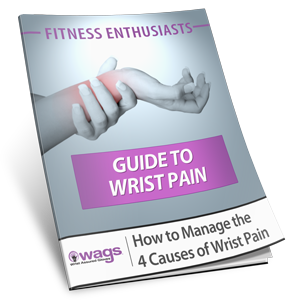Exercise in almost any form can act as a stress reliever. Being active can boost your feel-good endorphins and distract you from daily worries.
You know that exercise does your body good, but what if you’re too busy and stressed to fit it into your routine. Even just 15 minutes a few times a day can do wonders. Any form of exercise, from aerobics to brisk walking, yoga or Pilates, can act as a stress reliever. You can make a little exercise go a long way toward stress management. Why should exercise should be part of your stress management plan?
Exercise increases your overall health and your sense of well-being, But exercise also has some direct stress-relieving benefits.
•It pumps up your endorphins. Physical activity may help bump up the production of your endorphins. Although this function is often referred to as a runner’s high, any aerobic activity, such as a rousing game of tennis or a nature hike, can contribute to this same feeling.
•It reduces negative effects of stress. Exercise can provide stress relief for your body while imitating the effects of stress, such as the flight or fight response. This helps your systems practice working together which lead to positive effects in your body — including your cardiovascular, digestive and immune systems.
•It’s meditation in motion. After a fast-paced game of racquetball, a long walk or run, or several laps in the pool, you may often find that you’ve forgotten the day’s irritations and concentrated only on your body’s movements. As you shed your daily tensions through movement, you may find that this focus on a single task, and the resulting energy and optimism, can help you stay calm, clear and focused in everything you do.
•It improves your mood. Regular exercise can increase self-confidence, improve your mood, help you relax, and lower symptoms of mild depression and anxiety. Exercise can also improve your sleep, which is often disrupted by stress, depression and anxiety.
All of these exercise benefits can ease your stress levels and give you a sense of command over your body and your life.
A successful exercise program begins with a few simple steps.
•Build up your fitness level gradually. If you are new to exercise or haven’t been consistent for while, start off slow and build up your strength and endurance. Excitement about a new program can lead to overdoing it and possibly even injury.
•Do what you love. Almost any form of exercise and movement can increase your fitness level while decreasing your stress. It’s important to pick an activity that you enjoy. Examples include walking, stair climbing, jogging, dancing, bicycling, yoga, Pilates, tai chi, gardening, weightlifting and swimming. You don’t need to join a gym to get moving. Take a walk with the dog, try body-weight exercises or do a yoga video at home.
•Pencil it in. For some it helps to write it down in your schedule. You may have to vary the time and do a morning workout one day and an evening activity the next. The important thing is to carve out some time to move every day and make your exercise program a priority.
•Find a friend. Knowing that someone is waiting for you at the gym or the park can be a powerful incentive. Try meeting friends for walks or workouts. Working out with a friend, co-worker or family member can often bring more motivation and commitment to your workouts. And friends can make exercising more fun!
Just remember to find an activity you enjoy — whether it’s an active tennis match or a meditative meander through a local park — and make it part of your regular routine. Any form of physical activity can help you unwind and is an important part of easing stress.




